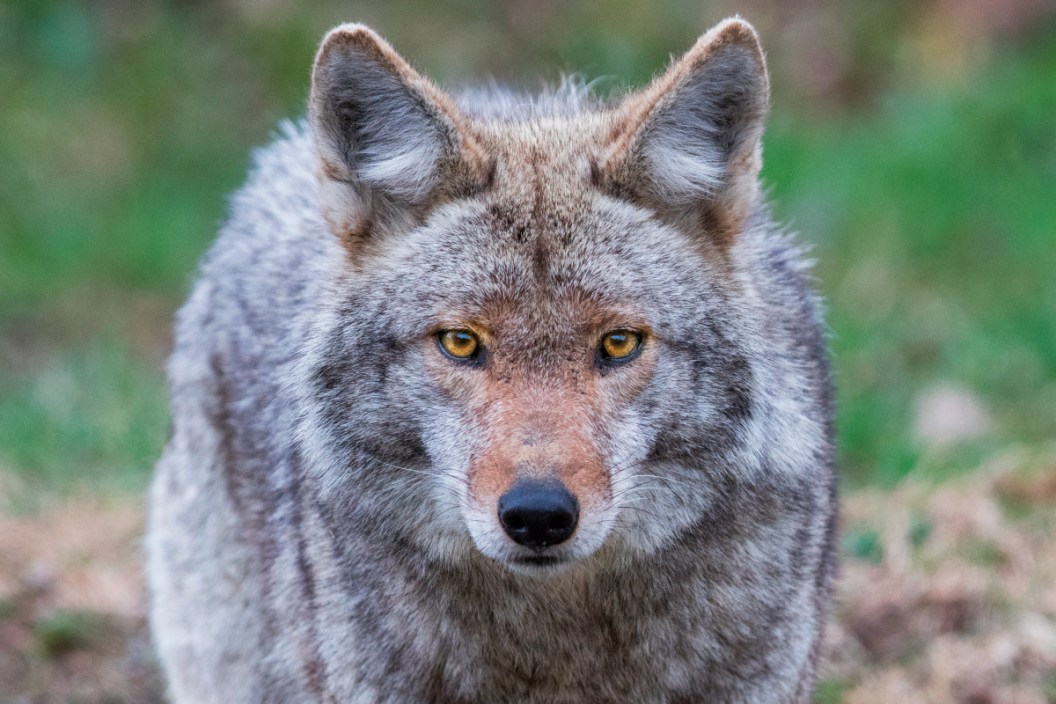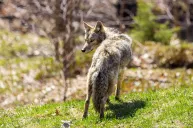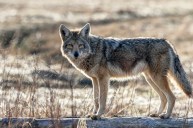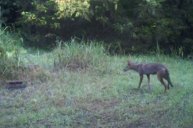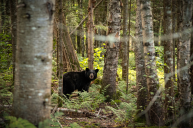Growing up, my brothers and I always had an interest in hunting. But before we could start with our rifles or bows, my father had a rule that we must first learn how to trap. He believed the skills you learn from predator trapping could be applied to any other style of hunting. He thought this would prepare us for hunting better than anything else. At the time, this seemed silly. But I am thankful now for the lessons that it taught me. What started off as a teaching method from my father, has developed into a way to scratch that hunting itch as deer season closes. It also allows me to practice responsible conservation as I control the predator populations on my farms. A well-maintained predator population means better deer and bird populations, something every outdoorsman can get behind.
Learning to trap predators came with a great deal of failure. In fact, I went two whole years without successfully trapping a coyote by myself. But after years of learning through failures, as well as constant research, I learned key methods and tips that will help any trapper. Whether you're just getting started, or already have some experience under your belt, these tips should help. Here are the things that I have learned over the years that will help you trap more predators, and protect your wildlife population.
Have the Right Tools
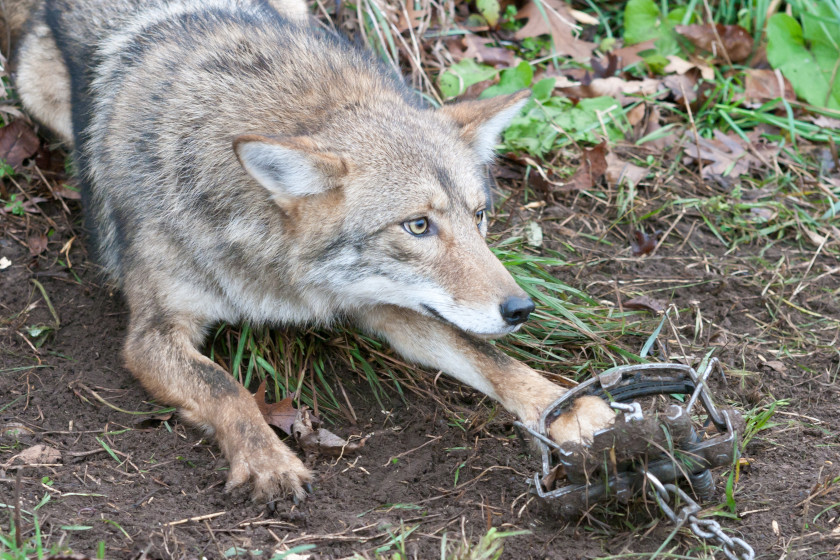
rpbirdman via Getty Images
Investing in the right gear and tools for trapping predators is when I noticed the greatest difference in my success. For a while I was using hand-me-down, partially rusted traps. I was also using makeshift tools, and I never seemed to have any luck. Once I did my research and found the perfect setup, I started to see much more success. Browsing for trapping supplies can seem overwhelming. The lists appear to be never ending, and some of the products are so vague you can have no idea what you're buying. I'll break down five of the most essential pieces of gear and tools you'll need to get the job done.
1. A #2 (5.5-inch jaw spread) or a #3 (6-inch jaw spread) trap is going to be the gold standard for versatility. This will be the perfect size to catch bobcats, coyotes, and foxes. As you become more experienced, you can purchase more animal specific sets, but #2 and #3 are my go-to traps. Duke makes incredible #2 and #3 traps at an affordable price.
2. Disposable trap stakes and a quality stake driver are imperative in every setup to make sure that your trap is secured.
3. Trap dye is often overlooked but it shouldn't be. They'll keep your trap much more hidden, while also protecting the trap from rust, giving them much longer life.
4. Trap wax will help keep some of the human odor off your set. It also keeps it well lubricated so it can operate effectively and consistently.
5. A metal sifter will allow you to put a fine layer of soil carefully over your trap to help keep it hidden, while also helping mask any odor left behind.
Use the Right Bait
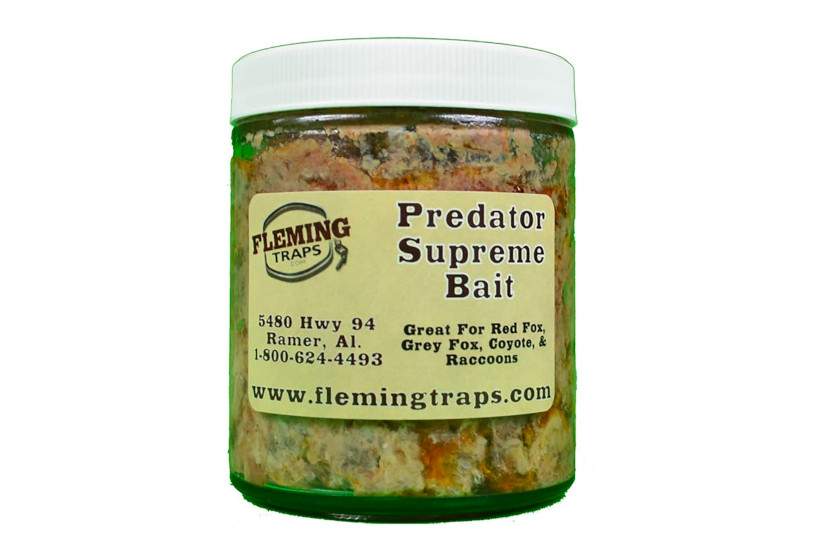
Amazon
Good bait is going to be the lifeline of your trapping success. Knowing where the predators are is crucial. But having bait will draw the predators in to investigate. and give them a reason to step on your trap. The list of trapping baits is nearly endless. Most can be purchased from any outdoor store. While most of them work great, I prefer to use ones consisting of red meats when targeting animals like foxes, bobcats, and coyotes. Fleming Traps makes a Predator Supreme Bait that I have had tremendous success with. The nice thing about this bait is that it is affordable. It can be purchased in a good-sized jar for less than $10.
Find the Right Area
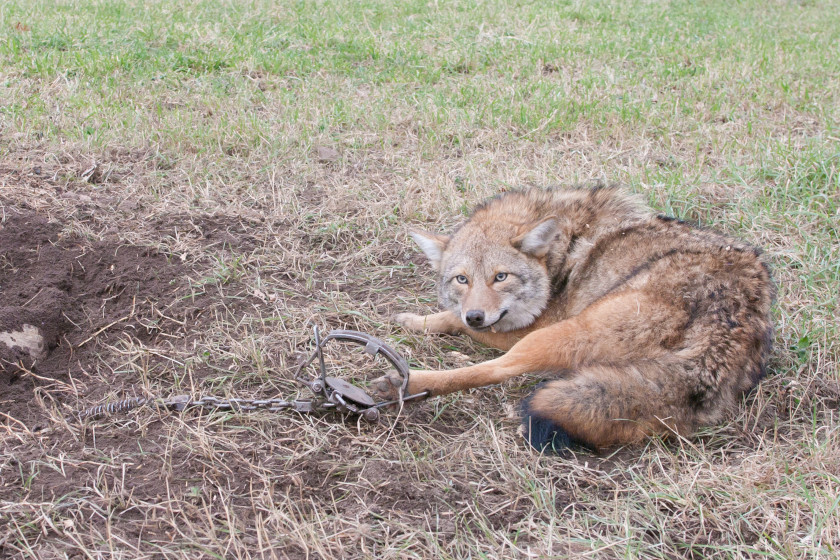
rpbirdman via Getty Images
You can do everything right, but if the predators aren't regularly traveling through the area, you'll never catch anything. I like to target old logging roads, or ATV paths that I know prey animals are using. These are key areas to focus on. For years I would spend countless hours per day scouting thin pieces of woods as well as old trails and logging roads looking for tracks and fresh predator scat. Scouting for predator sign can be immensely meticulous, but when done correctly, can create some amazing sets.
Focus on Scent
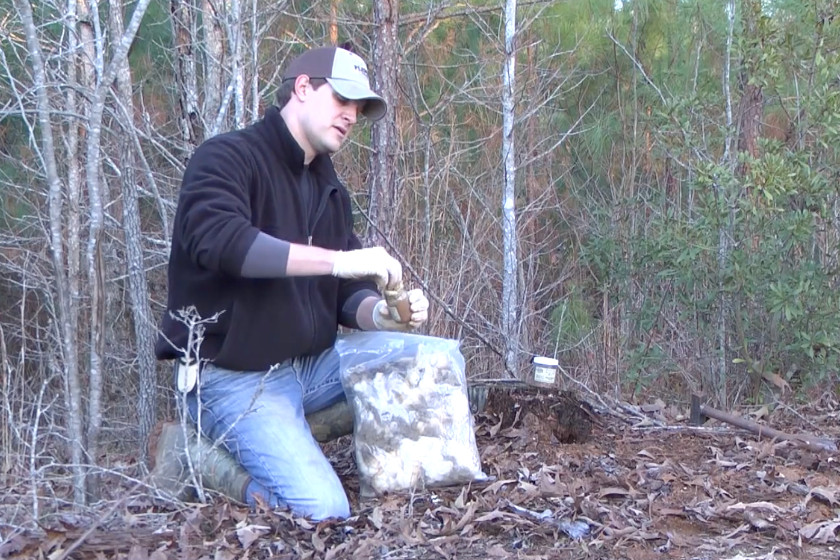
YouTube: Fleming Traps
A predator's best defense is their nose, and because of this, it's always important to be overly cautious and to not take any shortcuts. Regardless of what kind of bait you are using, or how much urine you put out, the predators will detect you if you aren't careful. A good set of gloves is the best way to control your scent when setting traps. Many trappers I know use cloth gloves when setting traps. While these can be effective, after only a couple of uses, they're usually contaminated with your scent. For that reason, I prefer rubber gloves. They're great at keeping your odor at bay, and after a few uses, I can either wash them with odorless formula, or keep them in a tote with dirt in it to mask the scent.
Know Which Set to Use
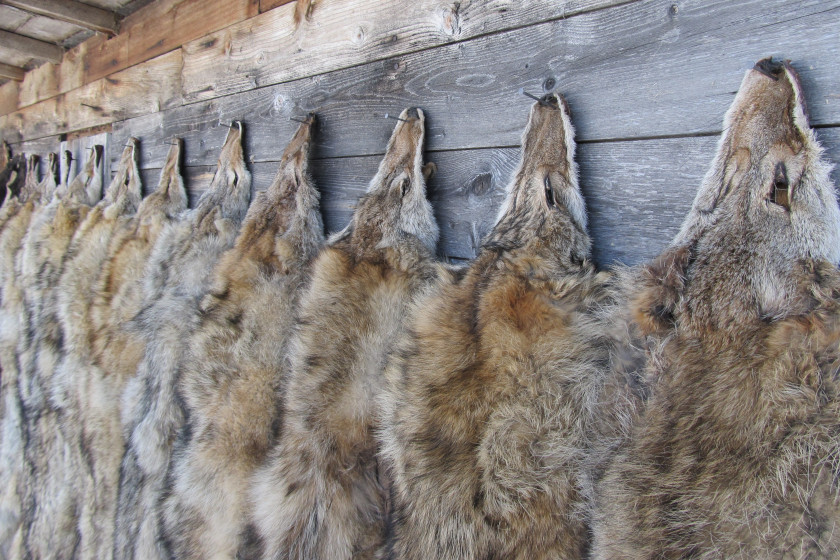
goosey270 via Getty Images
There are several different types of predator sets that will be effective, but there are a few faithful sets that I use on a regular basis that have brought me a great deal of success over the years. As the old saying goes; "if it isn't broken, don't fix it."
The famous "Dirt Hole Set" is one that has brought a lot of attention over the years, and for good reason. This is a reliable set that can be used almost anywhere and be effective. Essentially you want to create a hole with loose dirt in front of it to look like another predator has been digging there. I like to place my bait down in the hole, with sheep's wool over the top. I then set my trap just a couple of feet behind it. Then I sift dirt over it to conceal. This is a super easy set to create and works consistently.
Another common predator set is the "Scent Post". Locate a common travel corridor and place your set about 10-20 yards upwind of that. Dig a shallow pocket for your trap. Then use your sifter to conceal it. Stake a post just slightly in front of the trap, leaving about a foot of the post out of the ground. Pour a few drops of coyote or fox urine over the post.
Lastly is the "Flat Set", which is a good mix between the scent post and the dirt hole set. However, it's much easier to create. Simply find a popular travel route, create your trap bed, and cover it with sifted dirt and grass. I like to create a small hole on each side of the trap and put a few drops of gland lure in them. This one might seem too simple, but believe me, I have caught countless predators in this setup. I will continue to utilize it on all my properties.
Trapping predators is an amazing way to enjoy the outdoors while also practicing responsible conservation. By keeping predator populations in check, you're helping your deer and wild bird population too. Who doesn't want to make their deer hunting better? Invest in the right gear, do some scouting, focus on your scent, and use these trapping methods, and you'll be doing wonders for your property!
